Posts Tagged: biologist
Honey Bee Is a True Communication Specialist
Picture yourself as a waggle-dancing honey bee. You're dancing in the dark, on a small, crowded dance floor with lots of obstacles, and you're...
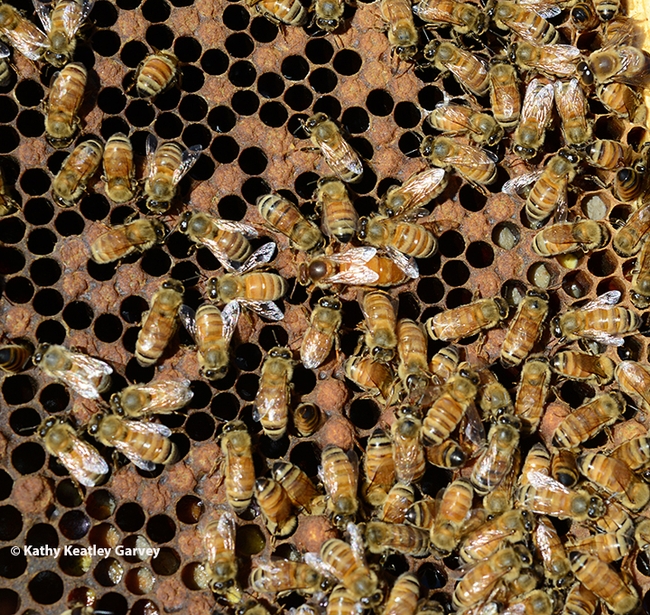
A look inside a bee hive. (Photo by Kathy Keatley Garvey)
How House Flies Are Trading Antibiotic Resistance Genes Among Themselves
If you're curious about house flies and the latest research on antibiotic resistance, you won't want to miss this seminar sponsored by the UC Davis...
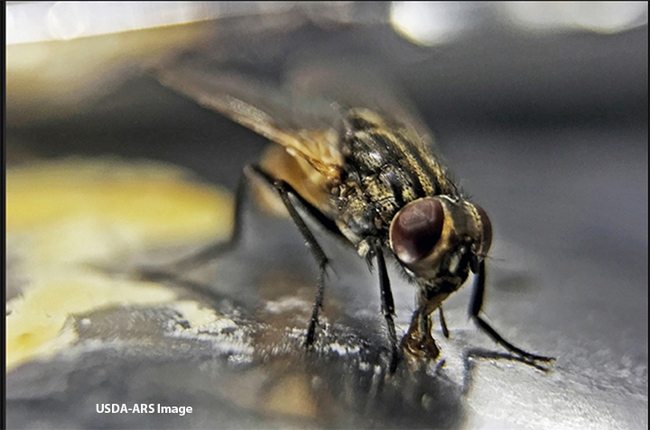
A house fly feeding. (Photo courtesy of USDA-ARS)
Bee Biologist Lauren Ponisio to Discuss Disease in Plant-Pollinator Communities
You won't want to miss bee biologist Lauren Ponisio's UC Davis seminar on "Disease in Plant-Pollinator Communities." Ponisio, who grew up in...
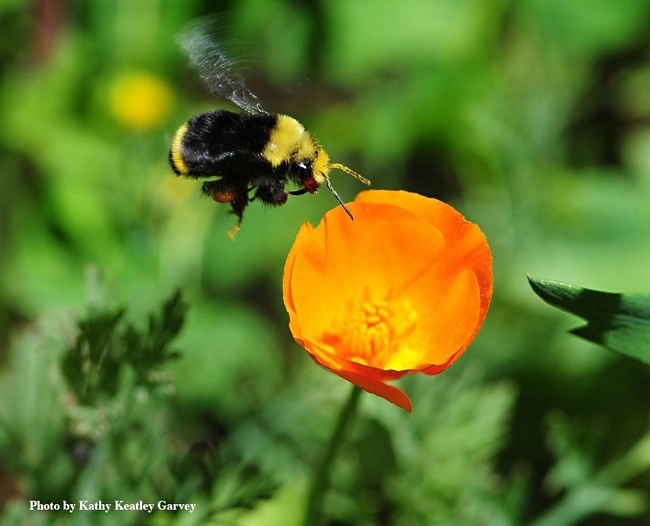
A yellow-faced bumble bee, Bombus vosenenskii, heads for a California golden poppy. (Photo by Kathy Keatley Garvey)
Adam Steinbrenner: How Plants Detect When Insects Are Eating Them
Plants "know" when insects are eating them and take defensive measures. How do they know? Molecular biologist Adam Steinbrenner, an...
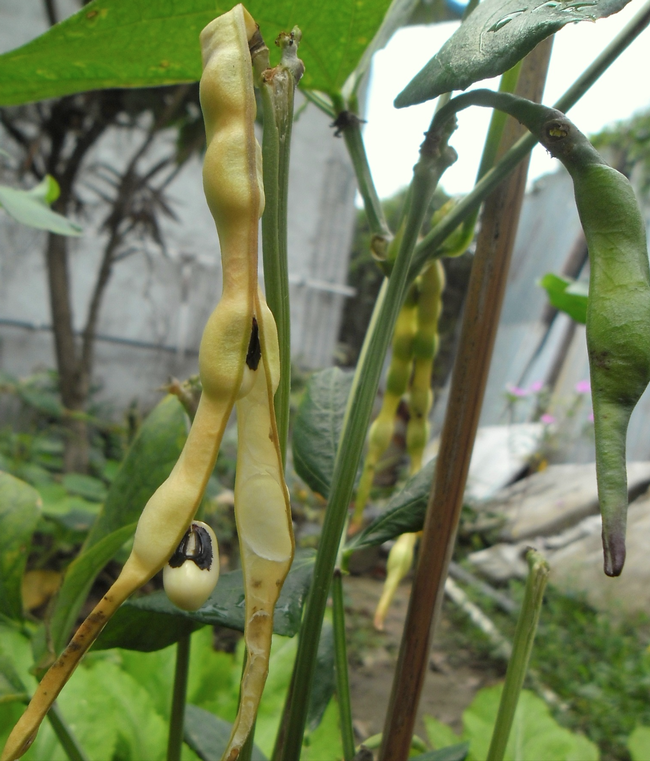
The cowpea (Vigna unguiculata) is one of the oldest plants to be farmed. This is a black-eyed pea, a cowpea cultivar. (Wikipedia photo)
Conservation Biologist Shalene Jha and Her Passion
"About 90 percent of all bees are actually solitary. So despite kind of the public impression that all bees are like honey bees and bumble...
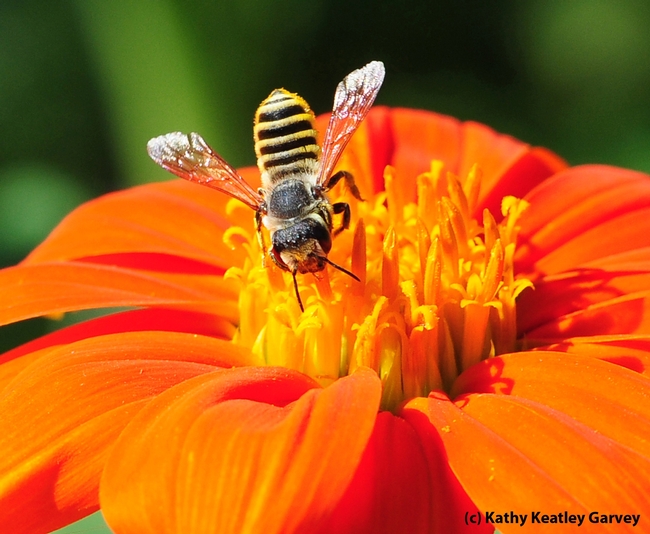
A native bee, Megachile fidelis, foraging on a Mexican sunflower (Tithonia) in the Häagen-Dazs Honey Bee Haven, UC Davis. (Photo by Kathy Keatley Garvey)
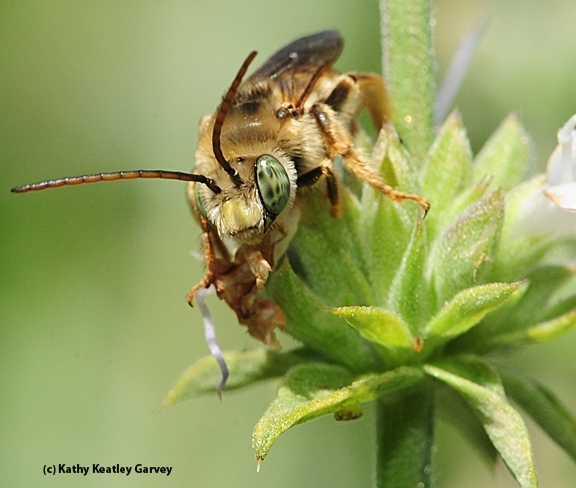
A male longhorned bee, Melissodes communis, in Davis. (Photo by Kathy Keatley Garvey)
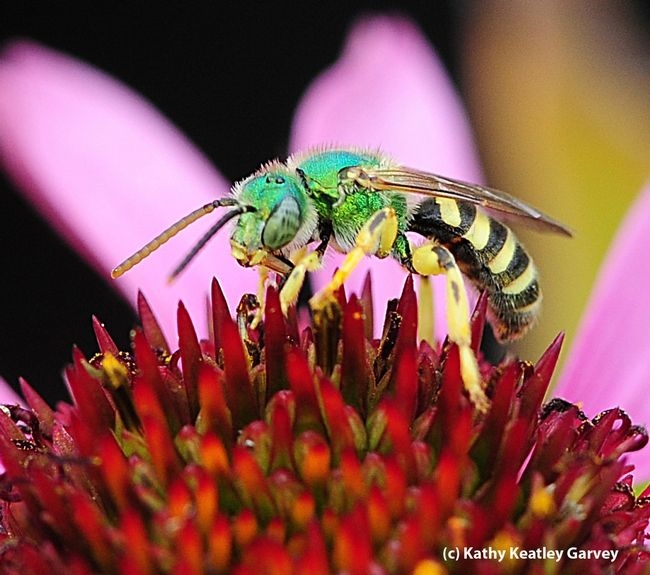
A male metallic green sweat bee, Agapostemon texanus, foraging on a purple coneflower at the former Mostly Natives Nursery in Tomales, Marin County. (Photo by Kathy Keatley Garvey)
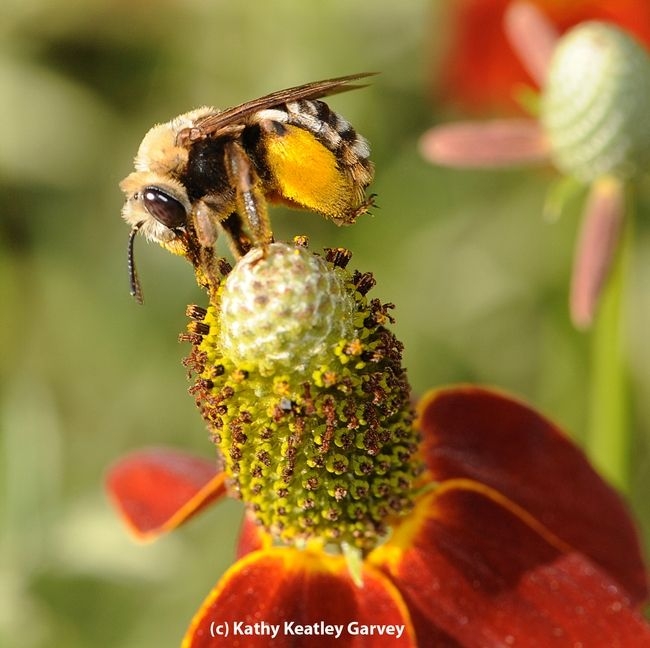
A female sweat bee, Svastra obliqua expurgate, foraging on a purple coneflower in Davis. (Photo by Kathy Keatley Garvey)

